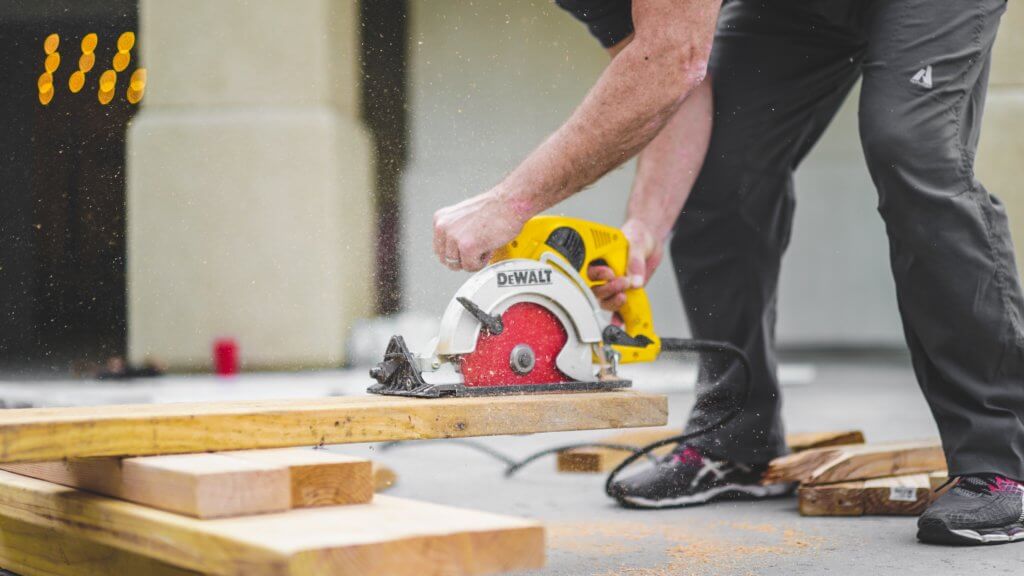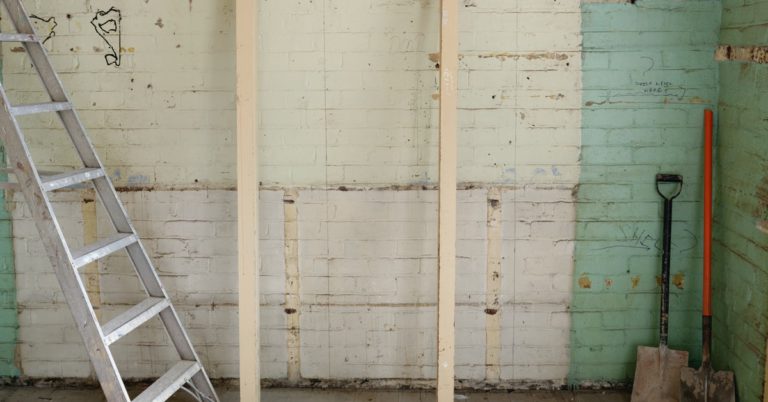

Canada’s Restoration Services: Case Study
Key Takeaways:
Putty, nails, hammers, wood, glue, sheet metal. When it comes to home and office restoration the tools of the trade are well established, or at least they were. Until recently, to be considered a professional, and run a successful business, you simply needed to be good at using them. But, times they are changing. Nowadays, technology is embedded into our everyday lives. We can barely imagine ourselves without our tech and taking it away would force drastic change.
However, even though technology is all around us and a part of our everyday lives, many local businesses are still fearful when it comes to introducing new technologies. It’s no secret that technology can make a business forward but only if you know how to use it. That’s why many traditional businesses still prefer using pen and paper rather than “taking it online”.
Change is scary but ignoring change can be even scarier. Slowly but surely, the construction industry is changing and becoming more technological. The shift started with big industry players who introduced the term and methodology of “Lean Construction”. A method by which construction companies operate quickly and effectively while placing customer needs first. One of the most common ways to implement lean construction methodologies is by introducing (inexpensive) computer software to generate smoother work processes.
Lean construction has actually been around for about 25 years but only recently has it started to confidently trickle down to local businesses as well. For example, about 50% of North American construction companies now use software to produce project estimates, and that figure rises by about 10% every year.
Move Your Restoration Business Forward
Quick scheduling, simple time tracking, digital knowledge base, & more!

“You won’t find a better ROI on any software out there, 1 platform that does it ALL”
Marketing First
This is not a course in Lean Construction methods. Instead, we’d like to bring the concept down to the pavement from the hypothetical cloud. The challenges faced by local construction companies don’t require and can’t sustain a complete overhaul of the way they work. Before we try to accomplish the noble yet lofty goal of revolutionizing the industry, let’s first make day-to-day processes less time consuming and more productive.
As we mentioned, construction software can help businesses improve efficiency. Yet, most construction software is expensive and hard to use. This has kept local companies away from implementing it. Where software penetration is profound is in marketing. Marketing is usually one of the first areas where small businesses integrate new technology.
Why? Because you can see an immediate return (or not) on your investment in new technology. For example, most home restoration services now advertise on Google. Some even do SEO (search engine optimization), and have an active social media presence.
Taking your marketing operations online is a relatively easy call to make. Your potential customers are already there. You can also easily outsource your marketing to an external vendor and you don’t need to learn anything new or shake up your organization. You just sit back and wait for the phone calls (or emails) to come in.
However, being a professional isn’t about paying someone else to do it for you, it’s about doing it yourself. And while you can outsource your marketing, you can’t outsource your core operations. What you can do is use technology to improve your team’s productivity as long as you find a tech that’s easy to use, affordable, and checks all your boxes.
According to Darren Gradus, the CEO, and founder of Canada’s Restoration Services, this is what led him to choose Connecteam’s employee app to improve the efficiency and productivity of his workforce.
About Canada Restoration
Canada’s Restoration Services is a water, fire, and mold restoration company founded by Darren Gradus. Since its original foundation in Toronto, almost 8 years ago Canada’s Restoration Services has ballooned into a company that covers 6 locations across Canada: Ottawa, Montreal, Edmonton, Calgary, Vancouver, and Toronto.
One vertical of Canada Restoration’s clients is insurance companies that employ Canada Restoration as a vendor. When an insurer activates their insurance and requires a basement to be restored after flooding, for example, then the insurance company sends Canada Restoration to perform the job.
Working with a large client like an insurance provider means that Canada Restoration is required to comply with very specific regulations. The company’s performance is assessed based on compliance with these regulations.
This means that all employees must, first, be aware of regulations. Second, comply with regulations, and finally, be accountable for their actions. When managing a small staff, a manager can very easily and readily communicate with his staff and verify compliance. However, as your staff grows, you can’t be everywhere at once, and it becomes increasingly difficult to run around between locations and still manage and grow a business.
Business Growth vs. Business Process
Companies that enjoy quick growth usually also suffer from somewhat chaotic operations. You can think of it like a wild horse: The faster and more powerful the horse is, the harder it can be to keep it under control.
Don’t get us wrong, rapid growth is awesome and it’s what every business wants. However, it does bring along some new problems. For instance, some businesses start their day with a daily 15-minute meeting during which all work orders are distributed to teams who then head out to their locations. This process can make sense for a 10 person construction company but for a 40 or 60 person company, changes may be necessary.
Darren Gradus quickly realized that as Canada Restoration Services grew he would need to make some changes to maintain the level of service. First and foremost, since compliance is a big concern for Canada Restoration Services he understood that he needs another pair of eyes in the field. However, to maintain profit margins, additional hirings, over those already planned, was not an option.
How Connecteam helped
Many businesses who look for a way to manage and sustain business growth, without diminishing their profit margins, turn to technology. And so the search began for a technological solution to match Canada Restoration Services’ needs. The successful solution would need to tick off many boxes and still be affordable enough to make business sense.
It would need to insure compliance and accountability while also providing effective communications, task management, and time management. A built-in reporting system that would provide info on time spent, resources used, procedures completed (or-not) would also be nice to have. Finally, the solution needed to be quick to implement and easy to use or otherwise our “solution” turns into a “problem” very quickly.
After prolonged research, Darren finally found the all-in-one tool to match his needs with Connecteam.
Time Management
For time management, Canada Restoration Services uses Connecteam’s GPS enabled mobile time clock to log in specific employee shifts per project. Employees use the Canada Restoration Services mobile app to access their time clock and clock in and out while on-site.
They also add tags and notes that are automatically sent with their shifts to an at-office administrator. A timesheet is then created on the desktop “Launch Pad” where an administrator can access, edit, and approve all shifts. The report can then be exported to payroll systems.
Using the mobile time clock with GPS location, Darren was able to have a better overview of where his teams are at all times, thanks to Connecteam’s live geo-tracking uses “Breadcrumbs” technology that allows for tracking employees’ location while they’re clocked in and on the move, with minimal effect on their battery or data plan. On the employees’ side they clock in and clock out as usual, while the administrators are able to view their route during the shift over the enlarged map and even play a video animation that connects all the breadcrumbs together into a single trail. Breadcrumbs track employees’ location while they’re on the clock, whether their app is opened, closed, or running in the background.
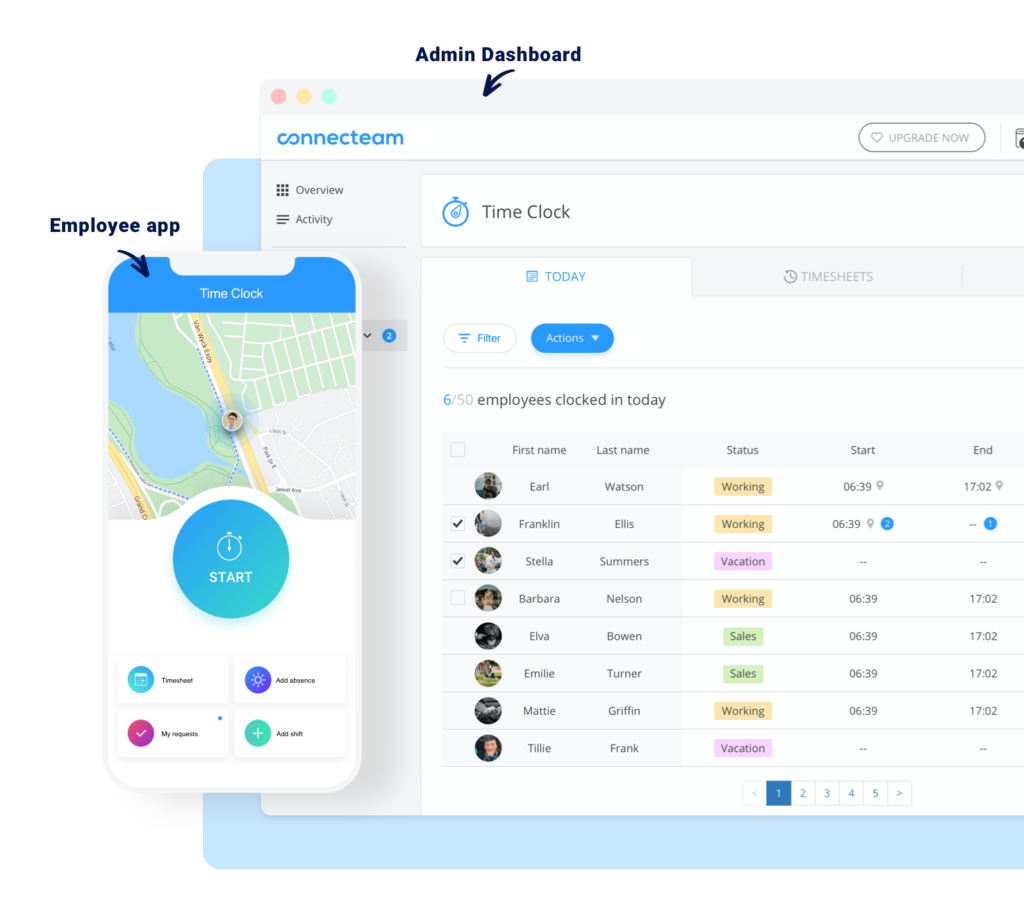
Compliance Workflows
Contractors that work with insurance companies know that compliance is key, and straying from guidelines and regulations could spell doom for your business. Still, compliance is an issue for many contractors.
It’s not necessarily that employees aren’t interested or don’t care about compliance but that regulations tend to change quickly and it’s hard to stay on top of it, especially if you’re used to doing things a certain way.
To make sure that regulations and standards are communicated to every worker at all times, Canada Restoration Services created compliance workflows using Connecteam’s Workflow Asset. The Workflow Asset allows managers and administrators to create a specific job progression that must be completed before a job can be considered done. Workflows can be assigned to every employee using the mobile app and a report is then produced detailing completion.
This allows managers and administrators to have full visibility of work progress per employee and also provide accountability of who did what or who did NOT do what. No more running around trying to figure out who’s responsible when compliance is not met.
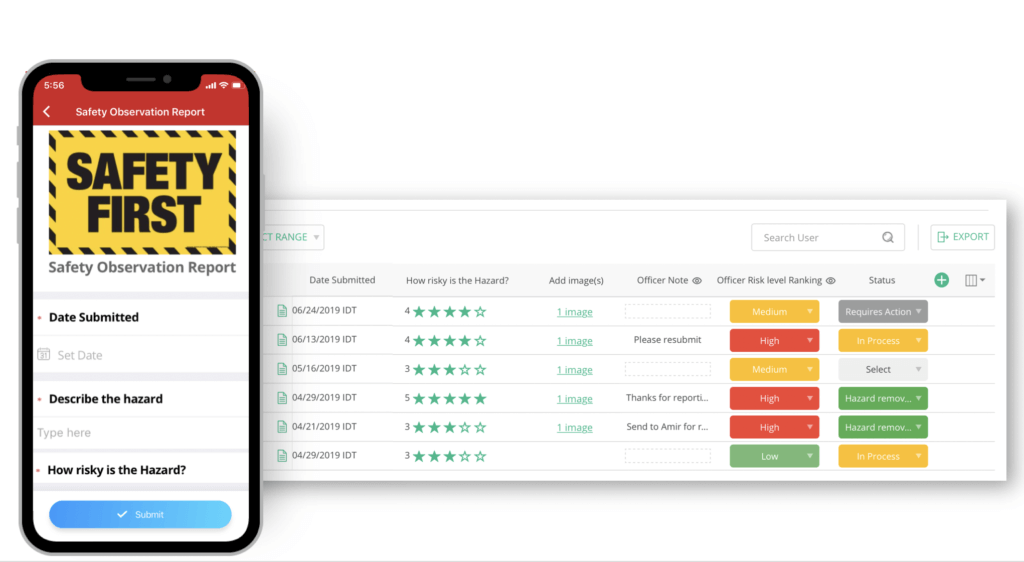
Document Management
Insurance company vendors aren’t just construction pros they’re also red tape ninjas. As any insurance vendor will tell you, working with insurance companies means you need an efficient filing system in place or you’re guaranteed a very stressful day.
contractors should develop a comprehensive record retention policy. Keep all certificates of insurance with endorsements, a copy of the vendor agreement, and the vendor’s scope of work and field notes for a minimum of 7 years following completion of the project.
Many states have 10-12-year statutes for bringing property damage claims, but no limitation for bodily injury claims. Some litigation for bodily injury claims involving asbestos and pollution liability that allegedly occurred as far back as the 1960s is still ongoing today.
The immediate benefit of keeping these insurance records is to avert litigation costs of a 10-year-old construction defect claim to your lower-tier subcontractor’s insurance company, thereby avoiding the impact of these expenses on your balance sheet or loss ratio. With the popularity of digital storage options, it is best to keep records permanently.
Canada Restoration Services took their record management a step further. By using Connecteam, they could make all records available on mobile devices and assign them to relevant project managers while on-site. This made work processes much quicker and reduced the need for project managers to go back to the office, which in turn reduced fuel costs and increased productivity.
On-the-job Training with Built-In Accountability
As of 2014, the Ontario Ministry of Labour requires all employers ensure that all their workers and supervisors complete a basic occupational health and safety awareness training program. Besides these new requirements, employers continue to have on-going duties under OHSA to inform workers about workplace-specific hazards.
No one denies the importance of safety training, especially in the construction industry. However, when training means pulling an employee off a project in order to comply with safety training requirements then that can have some serious repercussions for a local construction company.
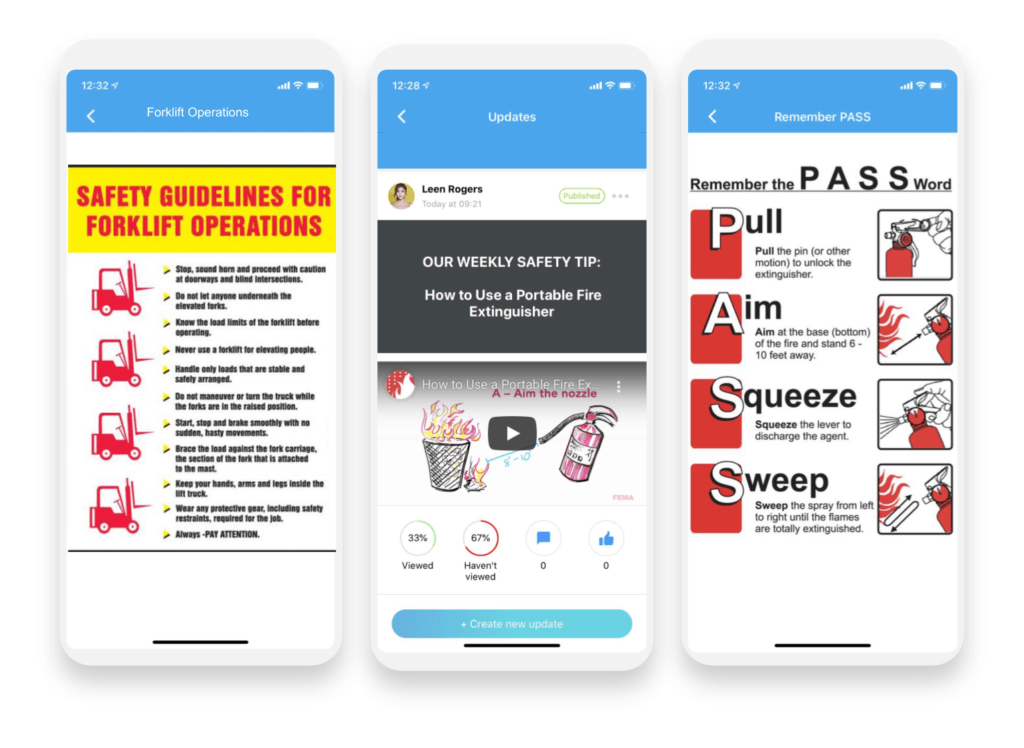
Canada Restoration Services uses Connecteam’s built-in training modules to deliver OSHA safety training modules to supervisors and employees. They can then complete the training program while on-site, in transit, or at home. The administrator receives a full report on their progress and can even add quizzes to assess their knowledge.
Safety training is obviously a great start but the uses are endless and can really take your teams to the next level.
Real-Time Professional Guidance
Most construction companies have trouble bringing knowledge down from the office to the field. Training sessions are a great solution if you’re looking for a strategic and long-term solution but sometimes you just need to provide quick and effective non-formal conversations where managers can discuss real-time issues with staff while off-site.
Connecteam’s Chat Asset was put to good use by the Canada Restoration Services teams as a kind of professional forum where they could share knowledge and discuss different options. The Chat Asset allows teams to upload images and comment on files in a live chat environment. For the less experienced workers, the chat proved to be a great tool where they could ask for advice from more experienced workers in an informal and more approachable way.
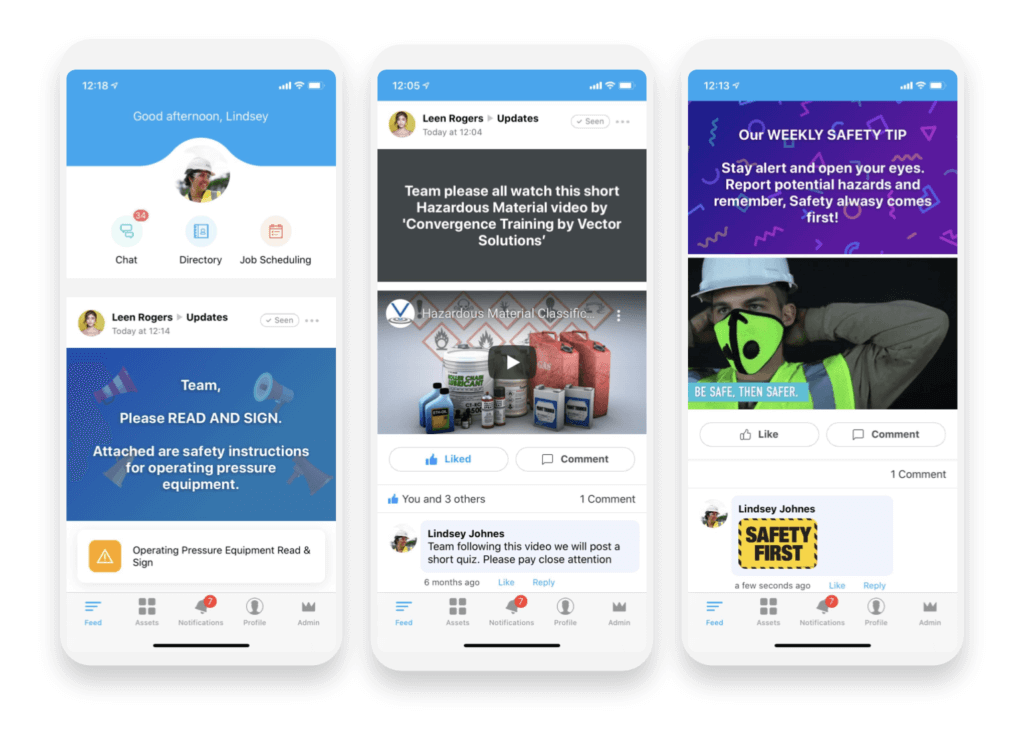
What can we learn from it
So, as Austin Powers would say: “What does it all mean, Basil”? If you manage and operate a construction or service-based company you’re very well aware of the digital revolution happening around us. You’re on Facebook, you have a Twitter account (probably not active for a few years now), you do most of your communicating using the mobile apps on your smartphone.
Yet, your company still runs on the pen, paper, a whiteboard, and maybe an excel spreadsheet if you’re super industrious. You also know that your competitors are starting to make the digital shift as well.
However, like most business owners you tend to adhere to the saying: “If it ain’t broke don’t fix it”. The thing with old adages is that they’re, well, old and can’t be applied to the fast-paced and technological world we live in today. Ignoring the change that is happening all around can be catastrophic for your business. The sooner you move into the digital age the easier it will be to increase productivity and get a leg up on your competitors.
We asked Darren to sum up his experience using Connecteam into one sentence: “You won’t find a better ROI on any software out there, 1 platform that does it ALL”.


